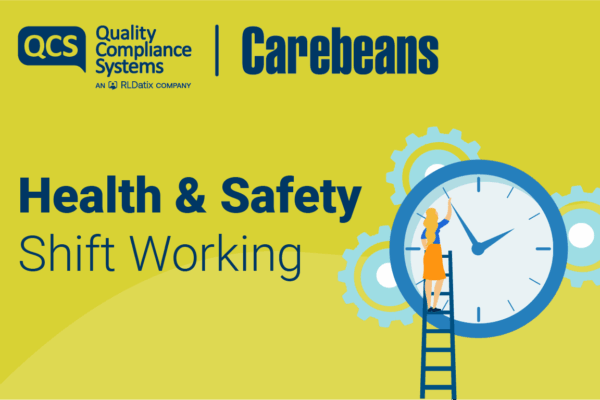Download our monthly Health and Safety review for June 2022 on ‘Ergonomics and Human Factors’ by our partner, Napthens here
DOWNLOAD NOW
Alternatively, read it here:
Ergonomics and ‘human factors’ are very frequently paired in health and safety, and the terminology aims to ensure that the work systems and products that you may use are designed to meet the needs of the people who will use them.
The Health and Safety Executive (HSE) defines human factors as the following:
“Human factors refer to environmental, organisational and job factors, and human and individual characteristics, which influence behaviour at work in a way which can affect health and safety”.
To re-phrase this would be to say that human factors is concerned with:
- What people are being asked to do
- Who is doing it, and
- Where they are doing it
This is therefore a key factor of an effective health and safety management system. There is not a specific piece of legislation that covers ergonomics at work but many pieces of legislation require consideration to ergonomics and human factors. Examples include:
The Health and Safety (Display Screen Equipment) Regulations 1992 (as amended), and The Manual Handling Operations Regulations 1992 (as amended in 2002) deal with risks that are mainly ergonomic in nature and make a number of specific requirements to regulate the control of ergonomic risks to employees.
The Provision and Use of Work Equipment Regulations 1998 (as amended) require that equipment be suitable, and the Approved Code of Practice to the Regulations states that ergonomics is a factor to be considered.
The Management of Health and Safety at Work Regulations 1999 require (Regulation 4) that specified general principles of prevention shall be applied when applying any risk control measures. One of these principles deals with ergonomics
The Personal Protective Equipment at Work Regulations 1992 (as amended) require that PPE must be suitable, and states that PPE shall not be suitable unless it takes account of ergonomic requirements.
In 2019 the HSE statistics detailed that there were 0.5 million work-related musculoskeletal disorder cases. Ergonomic issues can cause medical conditions
such as back pain, one of the main causes of work-related sickness absence and work-related upper limb disorders which can be caused by poor design, poor posture and repetitive actions. The HSE has produced a number of resources to help organisations promote good ergonomic practice, such as:
- Manual Handling Assessment Charts (MAC)
- ART Tool – for the assessment of repetitive tasks of the arms and hands
The examples of ergonomic risks in your workplace could be:
- Stress management
- Environmental factors – such as floors, noise, lighting and thermal comfort factors
- Use of display screen equipment (DSE)
- Manual handling risks
- Upper limb disorder risks
- Design and layout of workstations and equipment
How could workers be harmed?
Medical conditions such that relate to ergonomics include:
- Work-related upper limb disorders (WRULDs) – this relate typically to poor posture, repetitive tasks and poor design relating to the workstation or workplace
- Lower back pain – a major cause of work-related sickness absence in the UK
What should an employer do?
Identify existing and potential ergonomic risks in your workplace – observe work activities and talk to your employees to seek their views. You can review your sickness absence records to identify any trends.
Carry out computer workstation assessments for those who are identified as “DSE Users”.
Consider the needs of those who may be more vulnerable such as young workers, expectant and new mothers and those with reduced mobility or a disability.
Implement appropriate solutions to ergonomic problems, such as manual handling aids or adjustable ergonomic chairs for operators who use a computer at a desk.
Provide employees with information, instruction and training on good posture, how to set up a workstation correctly, the importance of regular breaks away from the workstation, the ergonomic risks that they may be exposed to, how they can identify the symptoms and whom to report them to if they develop.
Anticipate how new equipment and working practices may impact on workplace ergonomics
Further reading
HSE Guidance document INDG90(rev3) – Ergonomics and Human Factors at Work – Brief Guide – https://www.hse.gov.uk/pubns/indg90.pdf
Napthens Health and Safety is a trading name of ATG Health and Safety Consultants Limited. ATG Health and Safety Consultants Limited is a limited company incorporated in England and Wales with registered company number 5172986. It is a business providing Health and Safety consultancy which is not regulated by the SRA.
VAT Reg No. 842 0852 39






